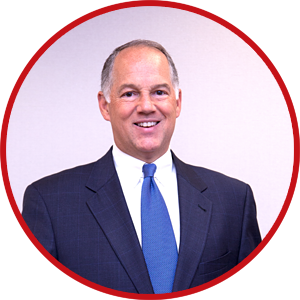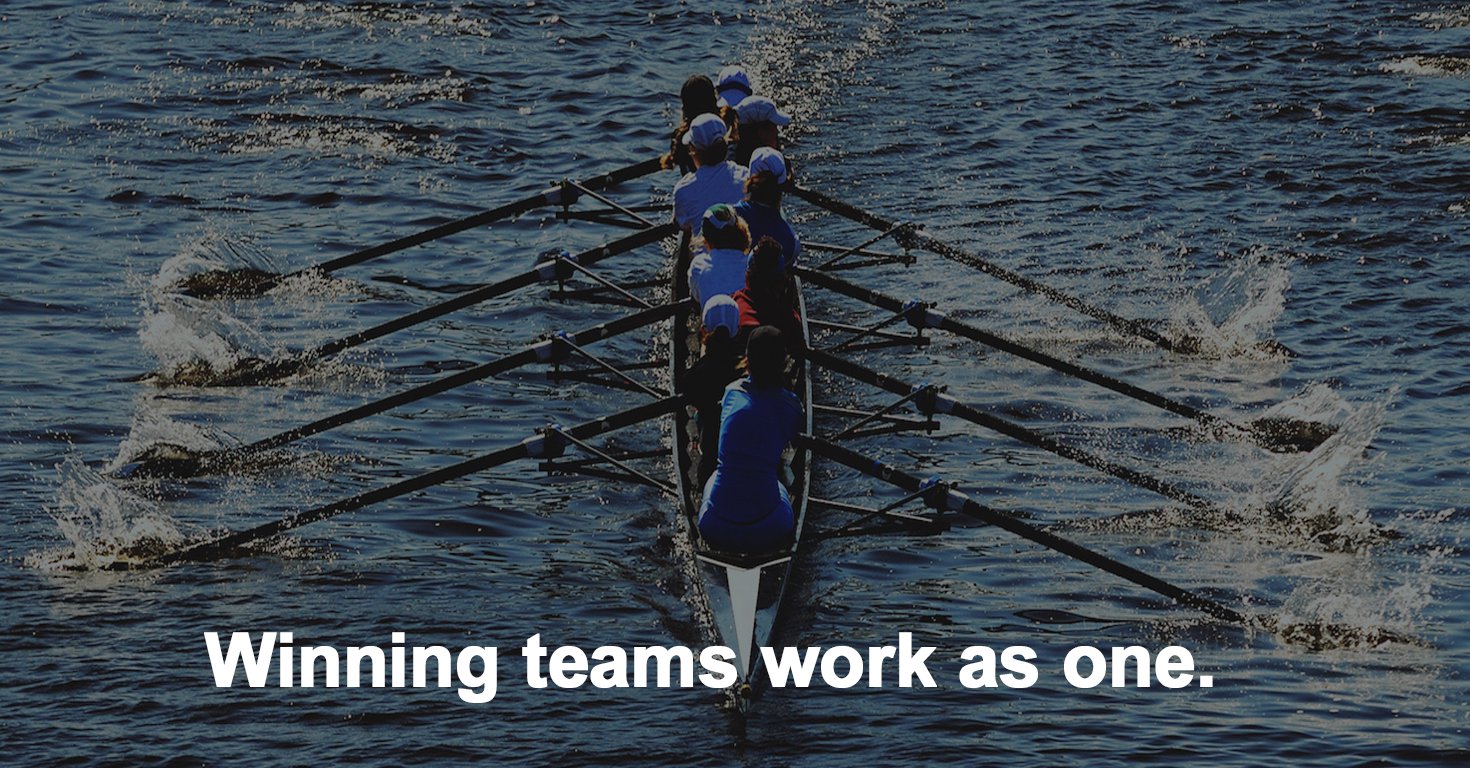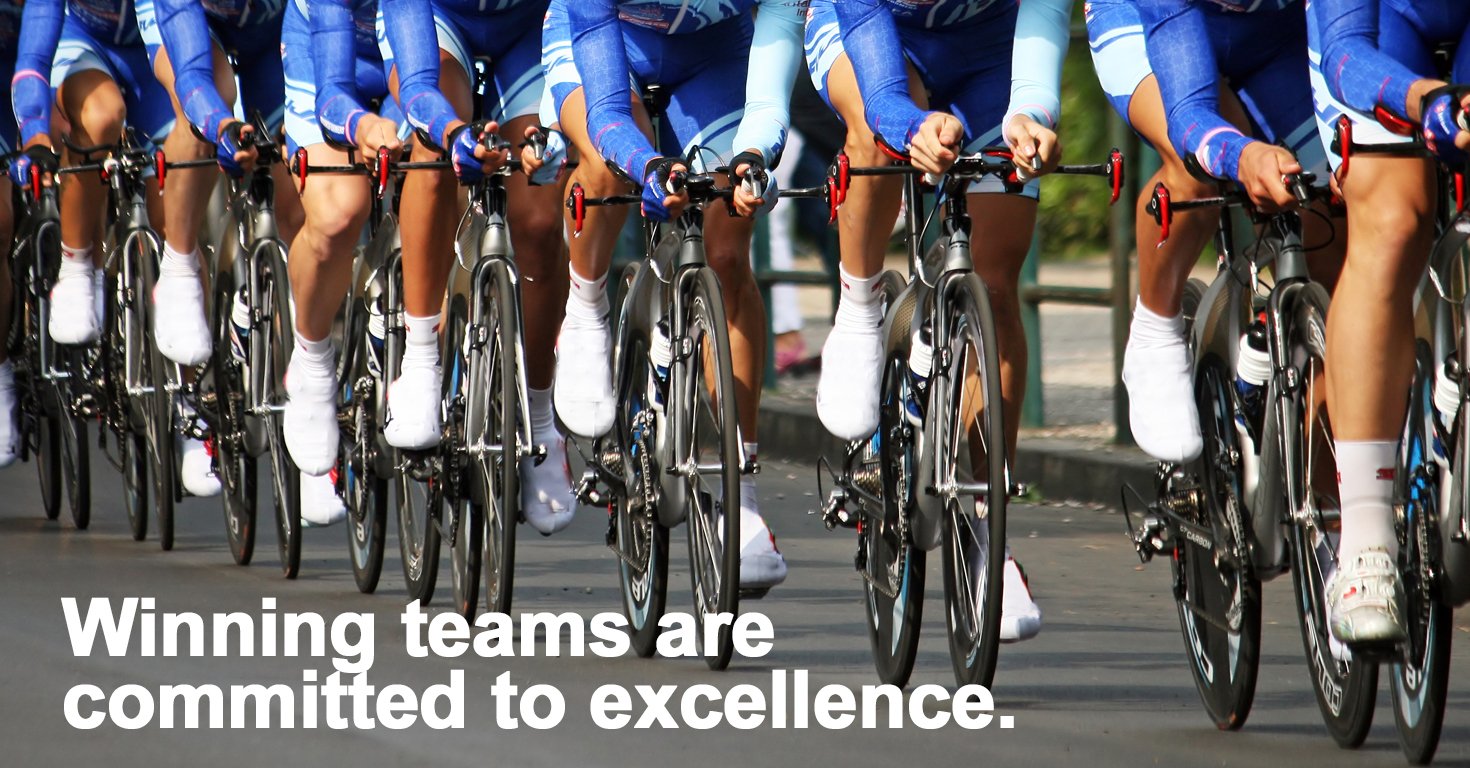CSX Corporation (NASDAQ GS: CSX), is one of the nation's leading transportation suppliers. The CSX transportation network encompasses 20,000 route miles of track in the US and Canada. They operate over 1,800 trains per day, transport more than 3.5 million carloads of material per year. Their fleet includes over 3,500 locomotives and 51,000 freight cars.
In addition, CSX employs over 23,000 people and 85% of them are represented by fourteen different unions.
Joe Hinrichs was appointed as President and CEO of CSX in September 2022. Prior to joining CSX, Hinrichs had a distinguished 30-year career in the automotive industry, notably serving as President of Ford Motor Company's global automotive business.
During Hinrichs’ tenure at Ford, they hired Alan Mulally, an industry outsider, as CEO. Mulally implemented the famous "ONE FORD” initiative, which transformed the company.
In a striking parallel, Hinrichs was the first industry outsider brought in to run CSX. As one of his first actions, Hinrichs launched the “ONE CSX” initiative to unify and transform the company.
ONE CSX is creating a cohesive organizational culture that values every employee's contribution. By promoting teamwork, CSX is breaking down internal silos and encouraging employees to work together towards common goals.
In addition, the ONE CSX initiative is strengthening relationships with both employees and customers. As a result, CSX is improving service delivery and operational performance.
The ONE CSX initiative has also transformed the dynamic between labor and management. For example, the company recently unveiled a specially painted ONE CSX locomotive featuring the logos of the fourteen labor unions, symbolizing the company's appreciation for its workforce and commitment to unity.
“ONE CSX is all about improving the employee experience and bringing everyone together to be one team,” explained Hinrichs. “This will allow us to serve customers better and create value for all of our stakeholders.”
The ONE CSX initiative is producing results. In 2025, the company was named one of Fortune magazine’s 2025 World’s Most Admired Companies, one of America's Most Responsible Companies by Newsweek magazine, and Hinrichs was named the 2025 Railroader of the Year by Railway Age.


 In theory, every executive team is a team.
In theory, every executive team is a team. 



 When I started
When I started 
 Every executive team has discussions.
Every executive team has discussions.

 GMC Trucks has a slogan, “We are professional grade.” (A great brand position, by the way.)
GMC Trucks has a slogan, “We are professional grade.” (A great brand position, by the way.)